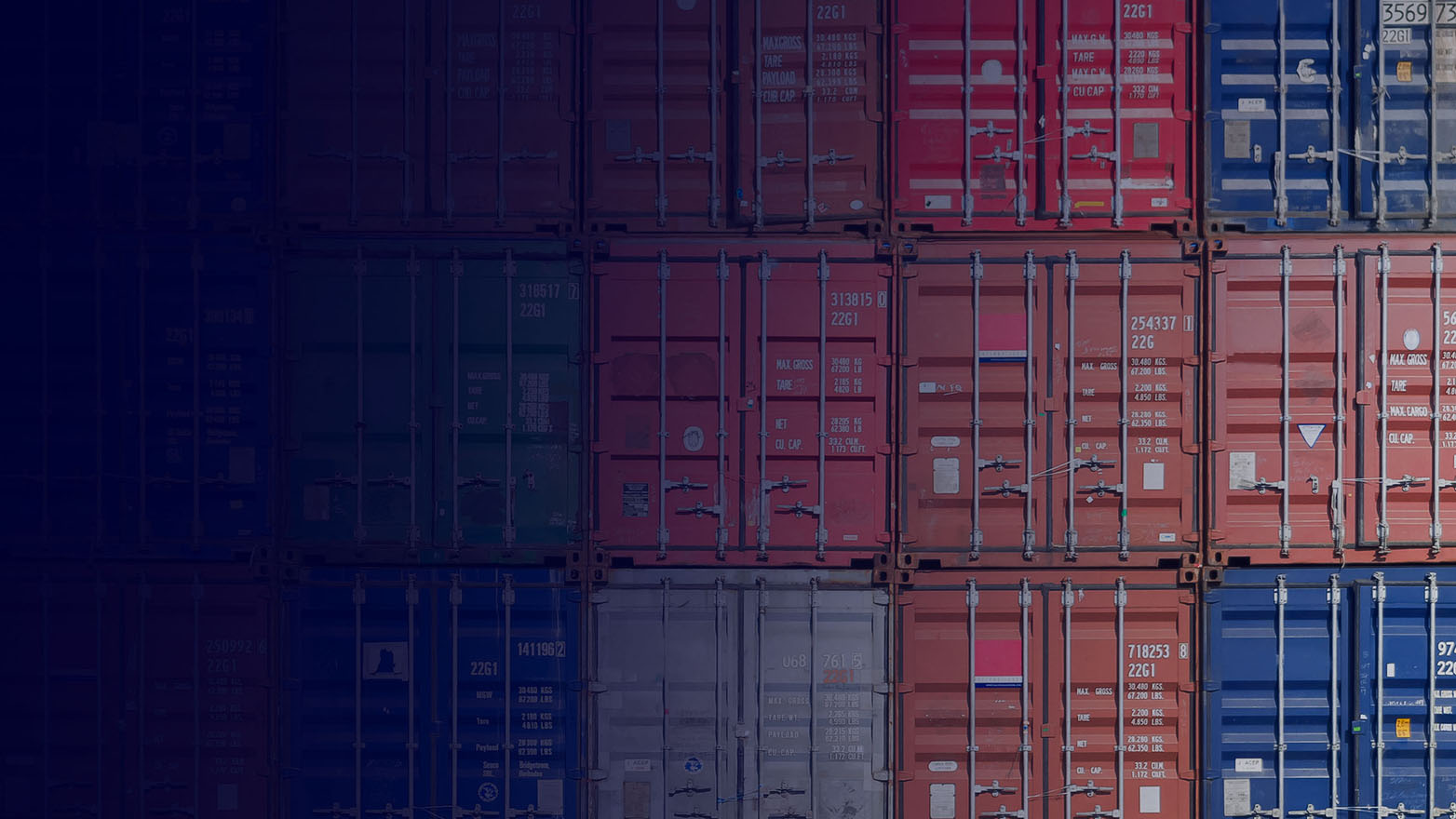AI-powered insights for your supply chain challenges
Enhance, streamline, and safeguard your end-to-end supply chain operations with our strategic insights powered by AI.

Persistent global shifts, groundbreaking technological advancements such as AI, fluctuating demographics, and evolving policies have made it a necessity to reinvent supply chain and operational strategies.
Together, let's turn potential into action. We guide you in building a robust supply chain—resilient amidst disruptions, agile in market shifts, and firmly rooted in sustainability. Our AI capabilities deliver insights that will help you make informed decisions in real time, so you are prepared against risk, big or small. Discover how to transform and future-proof your supply chain, elevating your operations to new heights.
No results found.
Rewriting the outsourcing playbook | AI, automation, and platforms
4 ways next-gen outsourcing is reshaping delivery, value, and vendor strategy—with AI and automation leading the charge.

Navigating the complex world of third-party and supply chain cyber risk
A Security Scorecard webcast

Supply chains under pressure: Strategies for a shifting tariff landscape
Companies across industries take varied approaches to mitigate tariffs impact

Rethinking outsourcing for strategic value and innovation
Explore how companies are going beyond cost savings to transform outsourcing into a strategic tool for innovation and value creation.

Accelerating Strategic Capital Investments in the U.S.
Navigate Trade Policies, Optimize Supply Chains, and Maximize Investment Outcomes

Beyond Compliance: Unlocking opportunity through value chain due diligence

Tariff Outlook
How to navigate supply chain uncertainty and complexity

Beyond traditional procurement
Innovating value generation in the modern era

Integrating Tariff Modeling with Economic Indicators for Enhanced Tariff Reduction
Explore strategic approaches to help minimize the financial impact of new tariffs and maintain supply chain stability.

April 02, 2025 | Beyond traditional procurement: Innovating value generation in the modern era
Explore how KPMG is transforming procurement and vendor management with cutting-edge technologies and strategic insights with value generation.

March 20, 2025 | Strategic Shoring: Considering the Tax Implications and Opportunities
This webcast explore how leveraging strategic shoring can improve financial and operational performance through tax, trade, and tariff planning.

March 19, 2025 | Reporting Overload: Managing the Weight of Related Party Basis Adjustment Reporting
This TaxWatch webcast will explore the new reporting requirements for transactions of interest.

Shift from traditional demand planning to demand management
Discover how modern supply chain planning is evolving with new technologies.

Warehouse automation: Driving efficiency
Unlock the potential of warehouse automation to drive efficiency, accuracy and labor optimization in your supply chain.

Thriving amid tariff uncertainty
Discover the measures to safeguard margins through adept management of tariff effects and the optimization of supply chain resilience.

Strategic shoring: Boosting supply chain resilience
Join us for an insightful webcast where we delve into the latest trends and strategies shaping the future of supply chains in the Americas. The Proximity Premium, a KPMG report on strategic shoring, reveals a significant shift in how US companies are rethinking their supply chain operations to enhance agility, resilience, and market access.

The quest for procurement excellence
KPMG discusses strategic procurement goals to navigate challenges that lie ahead in 2025

Navigating increasingly complex supply chains: Five trends shaping the economic landscape
Inflation risks rise.

Streamlining Procurement: The Power of Integrating Direct and Indirect Spend
KPMG unifies spend management on a single Coupa platform to enhance business resiliency

Unlocking value through strategic supplier management
Optimize, design, and implement supplier management programs that drive innovation, value, and better risk management.

Powering enterprise-wide contracting excellence
December 4, 2024

The power of IBP and S&OP in driving supply chain value
Integrated business planning is evolving to drive supply chain performance, visibility, and decision-making.

How to incentivize collaboration among demand planning, sales and marketing
Three keys to motivating these different functions to work as a team

Consumer & Retail Executive Insights: Post-election webcast
Join us for this webcast that delves into the post-election landscape and its implications for consumer products and retail executives. This panel discussion will focus on the macroeconomy, geopolitics, and tax policies affecting consumer products and retail companies.

Circular Business Model Innovation: Product-as-a-Service
How Product-as-a-Service (PaaS) can unlock new revenue streams and increase customer satisfaction

Impact of Regulations on Green Product Claims
Impact of Regulations on Green Product Claims

6 Key supply chain challenges—solved with integrated AI planning
Integrated AI planning can help address key supply chain challenges by enhancing operational visibility, enabling collaboration with suppliers, and efficiently helping to mitigating the risks of disruptions.

Cognitive demand planning helps drive greater business value
Supercharge your forecast accuracy and supply chain performance with an intuitive, AI enabled platform

Putting AI to work for the supply chain
The right AI applied to the right operation to achieve the right return

AI-enabled supply chain planning
AI-enabled supply chain planning helps leaders better prepare for disruptions.

4 keys to building a stronger supply chain
To build a stronger supply chain, focus on visibility, analytics, planning, and execution

Future of procurement
Know how to calibrate the right blend of strategic decision-making and automated support processes

Navigating the future of the U.S. automotive industry
Discover the latest U.S. automotive industry trends and learn how companies can restructure their business to thrive in the future.

The KPMG Blueprint for Modern Supply Chains
At times of extreme disruption, help future-proof your supply chain with KPMG.
Supply Chain Client Stories
Explore how KPMG can help clients navigate supply chain issues for better decision-making.
Meet our team
From supply chain planning strategists to AI experts, our people have the expertise and technology to guide your supply chain through challenges and equip you to make the most of opportunities.
